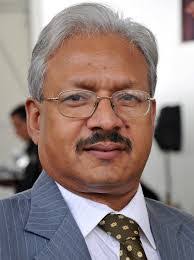
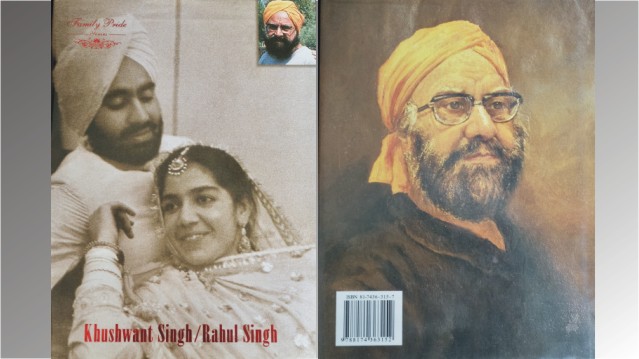
Recently, I reviewed a book thirty years after it was published. It happened to be its 103rd edition. Many of my friends appreciated it. That emboldens me to review a book that has been on my bookshelf for the last 19 years.
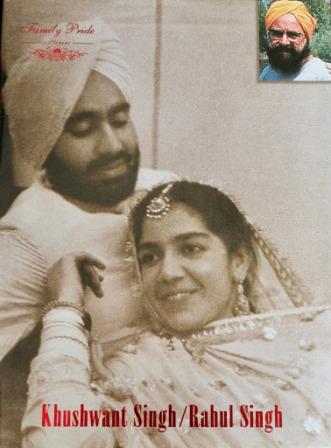
I did not review it at that time as Khushwant Singh: In the Name of the Father by Rahul Singh (Roli Books, Pages 144, Rs 500) was ably reviewed by my colleague Roopinder Singh in The Tribune where I worked those days.
He had a better claim to review the book as he belonged to an illustrious family of Sikh scholars and his own picture appeared in the book standing behind a girl child who greets Khushwant Singh at Kasauli.
I did not even mention my claim to review the book, for it might sound preposterous. One of my duties at The Hindustan Times in Delhi was to “edit” Khushwant Singh’s weekly column “With Malice to One and All”. Not that his column needed editing!
One advantage I had was that I was the first to read his column after Laxman Das transferred his illegible, handwritten manuscript into a typewritten text.
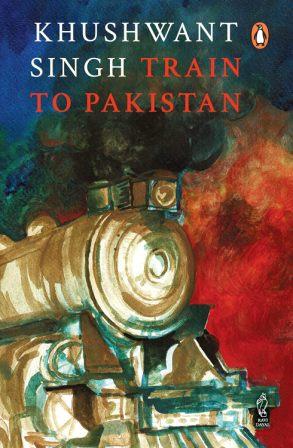
Though I enjoyed reading his column, I felt that he was wasting his time as he could have concentrated on his literary work.
I read a couple of times his novel, “Train to Pakistan”, which is absolutely free from communal bias because he never wore any religiously-coloured glass.
When I got a job in The Tribune and readied myself to live in Chandigarh, the first thing I did was to buy and read his two-volume history of The Sikhs.
It helped me to understand the Sikh psyche. For once I knew why despite being a self-confessed “agnostic”, he kept his hair and beard and felt angry when his son became a “mona” (a Sikh who cuts his hair).
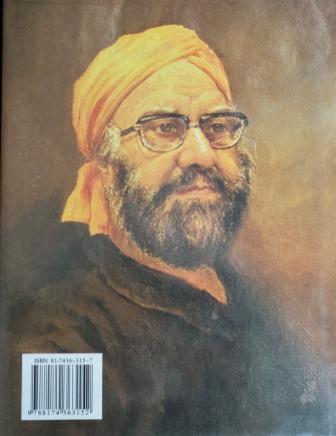
The dress was part of his identity. Small wonder that he returned the Padma award he received in protest against Operation Bluestar, a frontal attack on an institution like the Akal Takht that the Sikhs consider sacrosanct.
However, Khushwant Singh took liberty with facts. Once a lady from Patna approached me with a copy of an anthology of poems written by her teenaged son, published posthumously. She wanted some publicity for the book.
The previous week, she had met Khushwant Singh at his house in Delhi and he wrote a few paragraphs on her and the loss of her son. I remembered the column. As she sat there in my room, I took the newspaper file to read what he wrote again.
He had given a graphic description of her beauty, especially her physical attributes. To me she appeared an ordinary lady in a state of mourning. Of course, beauty is in the eye of the beholder! I was shocked that he wrote about her beauty when he should have confined himself to her son’s work.
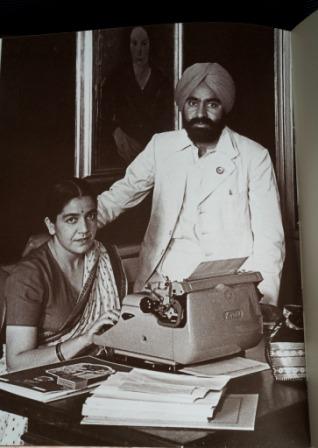
He had a colleague in the Rajya Sabha, Chandra Vijay Singh, who lived in Moradabad with his wife. “Evidently my father was quite taken up by Vijay Singh’s wife Harsh.
“After saying in his column that she was the most beautiful woman he had seen in many years, he described her as, “tall, slender, ivory-complexioned, lotus-eyed, long-necked and with a full shapely figure”.
Unlike the Patna lady who just smirked at his description of her beauty, “In his letter to me, Vijay Singh wrote that his wife obviously took my father’s column very seriously indeed, ‘realising perhaps that she was wasting away in the backwaters of Uttar Pradesh’. She took off in December that year (the column had appeared in September) never to return!”.
The author refers to Khushwant Singh’s reputation as an anti-Malayali. His attack on VK Krishna Menon, under whom he worked at the Indian High Commission in London, and poet Madhavi Kutty, forcing her son MD Nalapat to file a defamation case against him, could be responsible for it.
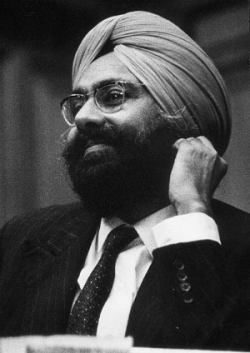
His successor at the Hindustan Times NC Menon wrote a nasty piece on Khushwant Singh. I knew one Malayali, the late P. Tharyan, whom he appointed in the HT. He was grateful to him because “it was the first time that I started getting a decent salary”, as he told me once. This disproves the theory that he was an anti-Malayali.
It was a revelation to me that Khushwant Singh became a journalist five years after his son had established himself as a journalist. In fact, his taking over as editor of the Illustrated Weekly of India coincided with Rahul Singh becoming the first Indian to edit the Reader’s Digest.
I used to read the Illustrated Weekly of India when Khushwant Singh was the editor at either the Panchayat Library or the College Library. Whenever I got some extra money, I bought it also.
Yes, he transformed the Weekly and its circulation crossed the four lakh-mark. It is also a fact that he could not repeat the feat in whichever newspaper or magazine he worked later.
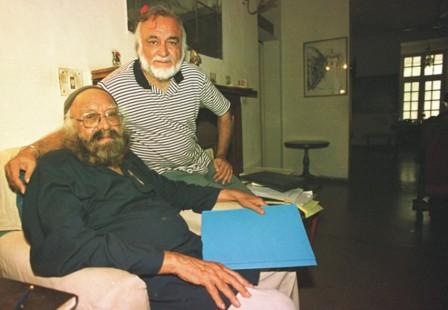
After reading this book, I can’t say who wrote better, father or son? It must be said to the author’s credit that he is honest to the core while portraying his father.
Who else would write about his father losing his virginity for Rs 10 at a brothel in Mumbai or his mother’s bonding with a named person which brought their marriage to a breaking point?
Many of my readers would be happy to know that Khushwant Singh grew up in a house named Baikunth (Paradise), situated in a three-acre plot, which his father later sold to the Maharaja of Travancore. Today it is known as the Kerala House.
It is difficult to say whether Khushwant Singh had more enemies than friends or not. One of them from Canada sent him a letter addressed to “Khushwant Singh, Bastard, India”. To his great delight, the letter promptly reached him and he lived for one more decade infuriating his foes and delighting his admirers. ![]()
___________
Also Read:
TRUTH VS FALSEHOOD: BBC – Who is afraid?
Mughal Gardens – Name Changed, But Why?
Industrialization versus Environmental Degradation
Punjab – How a deadly cocktail of Agri-Water-Energy nexus going to destroy it?

Disclaimer : PunjabTodayTV.com and other platforms of the Punjab Today group strive to include views and opinions from across the entire spectrum, but by no means do we agree with everything we publish. Our efforts and editorial choices consistently underscore our authors’ right to the freedom of speech. However, it should be clear to all readers that individual authors are responsible for the information, ideas or opinions in their articles, and very often, these do not reflect the views of PunjabTodayTV.com or other platforms of the group. Punjab Today does not assume any responsibility or liability for the views of authors whose work appears here.
Punjab Today believes in serious, engaging, narrative journalism at a time when mainstream media houses seem to have given up on long-form writing and news television has blurred or altogether erased the lines between news and slapstick entertainment. We at Punjab Today believe that readers such as yourself appreciate cerebral journalism, and would like you to hold us against the best international industry standards. Brickbats are welcome even more than bouquets, though an occasional pat on the back is always encouraging. Good journalism can be a lifeline in these uncertain times worldwide. You can support us in myriad ways. To begin with, by spreading word about us and forwarding this reportage. Stay engaged.
— Team PT


Copyright © Punjab Today TV : All right Reserve 2016 - 2024 |